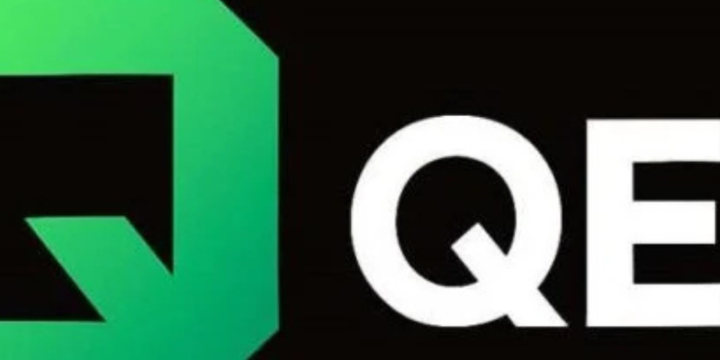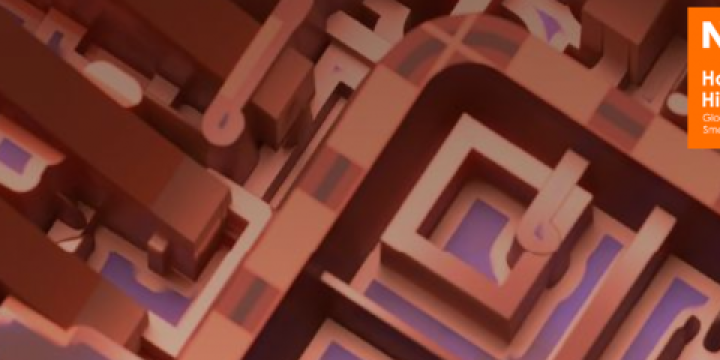Dutch high-tech is good at systems engineering (SE). Designers mainly learn in practice, because the training offer is limited and fragmented. This must change in order to consolidate the success and broaden systems thinking to include the major social challenges. The NXTGEN Hightech investment program is therefore developing a continuous SE learning path.
The initiative came from Wouter Leibbrandt, Hans Meeske and Ton Peijnenburg. Leibbrandt is director of TNO's ESI (Embedded Systems Innovations) division. “We are researching advanced SE methodologies that are needed to keep an overview of the increasing system complexity and ensure that the design effort does not explode. ESI provides training in system architecture, but it would be good for BV Nederland if this discipline was taught more broadly.'
Meeske's company Holland Innovative works SE-driven. “We do product development and project management, using fact-based and proven methods to arrive at robust designs. In 2019, we visited the University of Waterloo in Canada, which is strong in SE. We wanted to connect with them from Brainport, just as Ton already had contacts with American top SE institutes.'
As deputy director of VDL ETG, Peijnenburg is responsible for Technology & Development. “We are a customer of systems engineers and from our Philips background we know the methodology used in the region, but it is not written down in a booklet. We want to eliminate this omission.' He mainly does this with his other hat on, as a part-time fellow at the High Tech Systems Center at Eindhoven University of Technology. ‘We look at SE in combination with learning how to design. More attention should be paid to this at the TU. That is why, together with Hans, Wouter and Brainport Development, I went to America to see how universities such as Waterloo, MIT and Stevens Institute have implemented SE in their education.'
High-tech investment program launched
Two years ago, NXTGEN Hightech, for the development of 'the new generation of high-tech equipment for future generations', was submitted to the National Growth Fund. With this, Holland High Tech gave substance to the government's mission-driven innovation policy on the core theme of key technologies: developing innovations for social challenges such as energy, climate, safety, food and care. To this end, the program covers six core domains: agri-food, energy, biomedical production technology, composites, laser satellite communication and semiconductors.
Since 2021, hundreds of companies and knowledge institutions have collaborated on concrete implementation. Last month, official approval was received for the investment program of 1 billion euros, with 450 million euros in Growth Fund financing. What is special is that systems engineering (SE) is included as a key technology, for which a continuous learning path must be set up. Ambitious goal: by 2030, 'The Dutch Systems Engineering Approach' will be fully embedded in Dutch education. Twan de Wit, project leader of the Continuous Development Line Systems Engineering project consortium on behalf of Brainport Development, is of course happy.
SE is an important competence for our country to remain a leader in the high-tech equipment industry. This will enable us to strengthen our economic position and make an important contribution to social transitions. However, there is a shortage of system engineers who can oversee complexity, connect different disciplines, know the needs of end customers and supply chains and take regulations into account. Due to the limited, fragmented SE training offered by higher education and training institutes, too few fully-fledged systems engineers are being produced. Hence this initiative.





